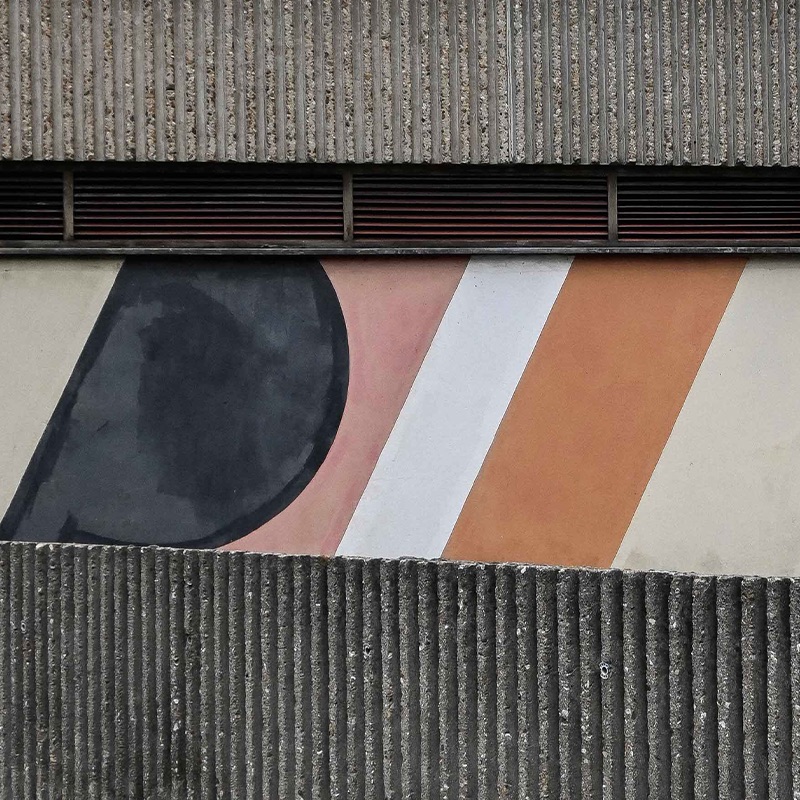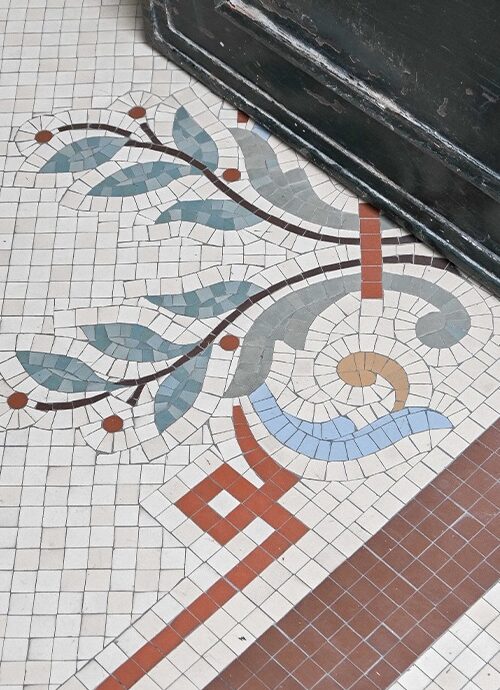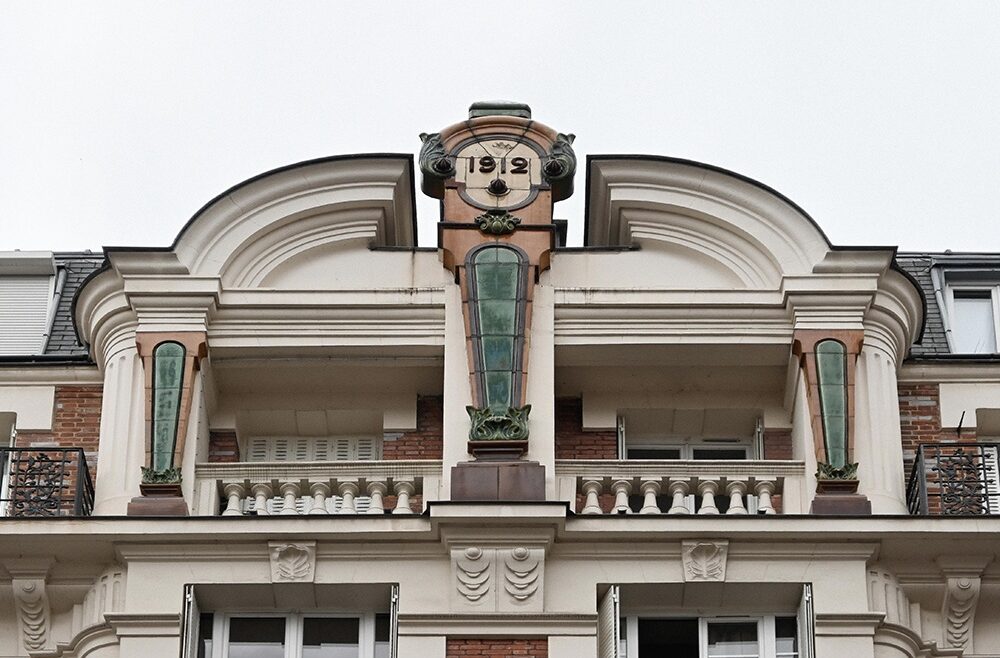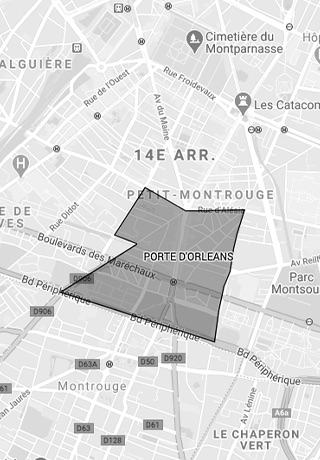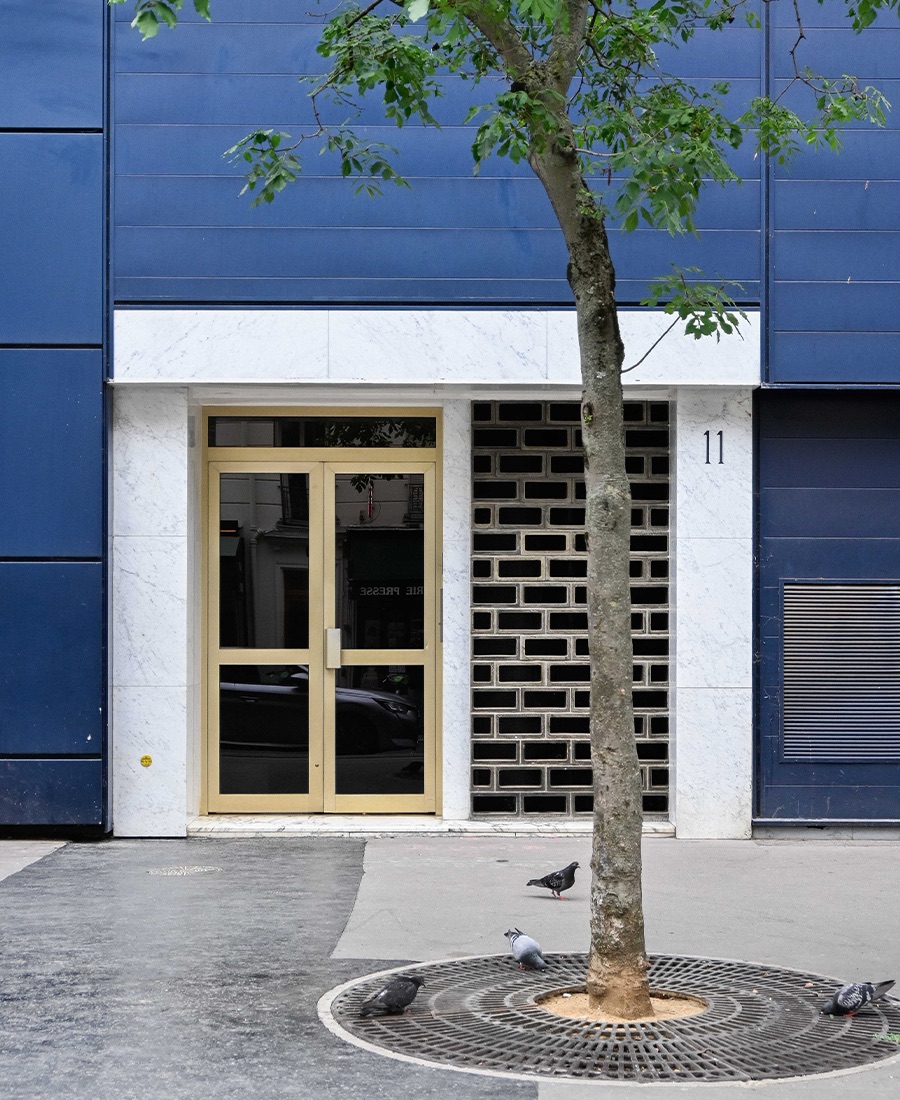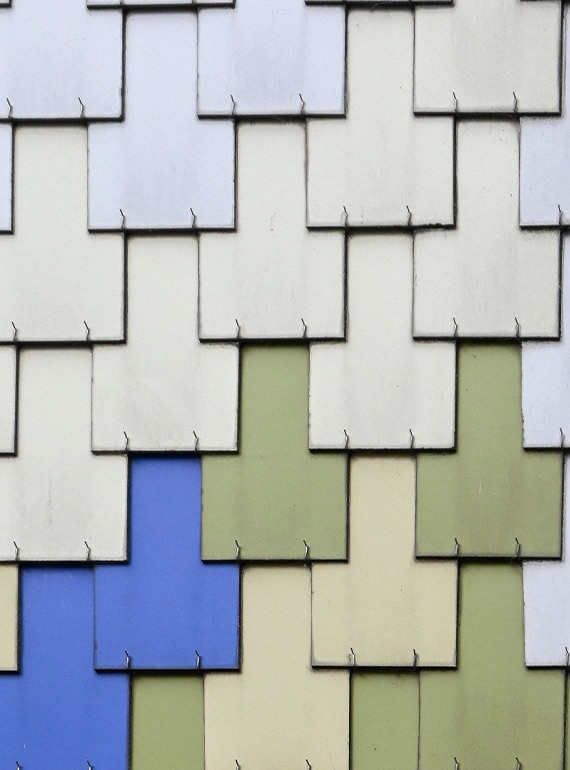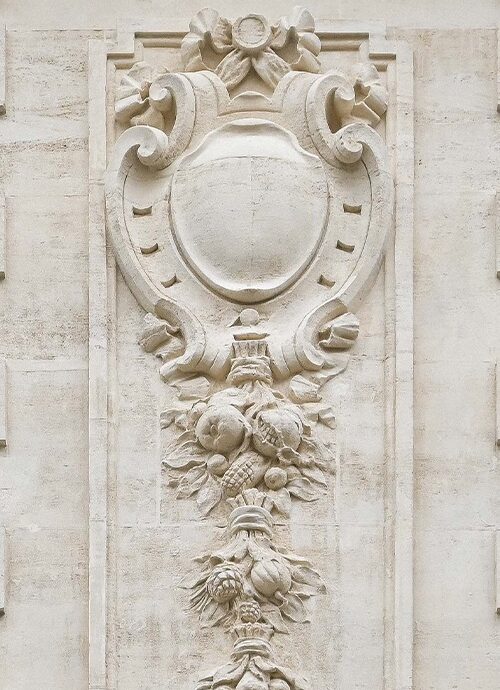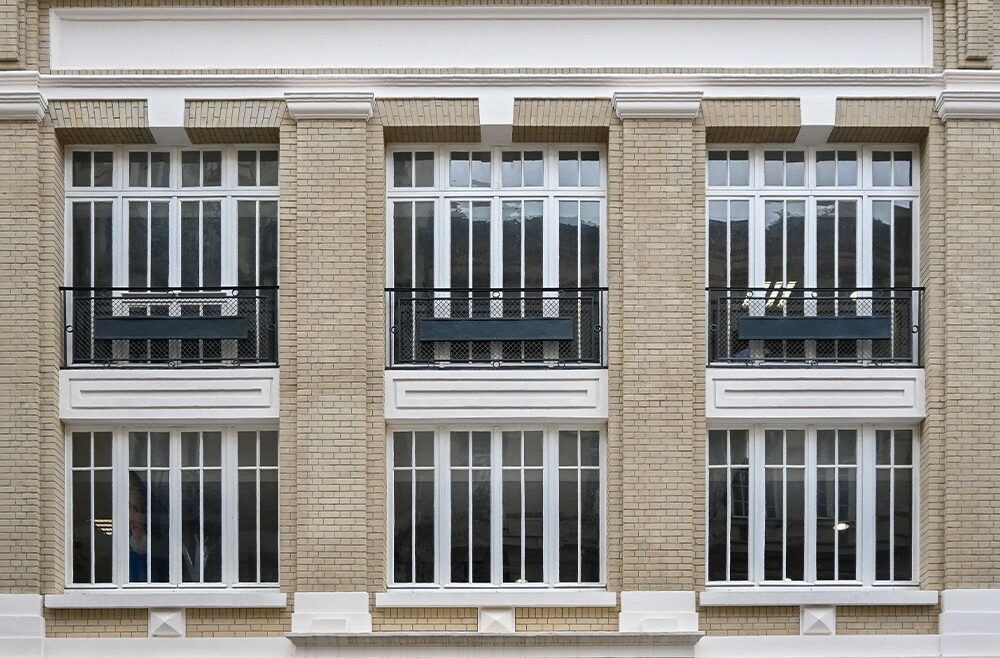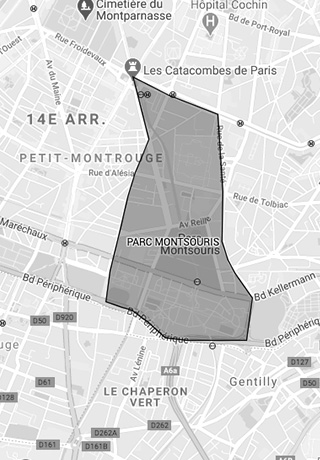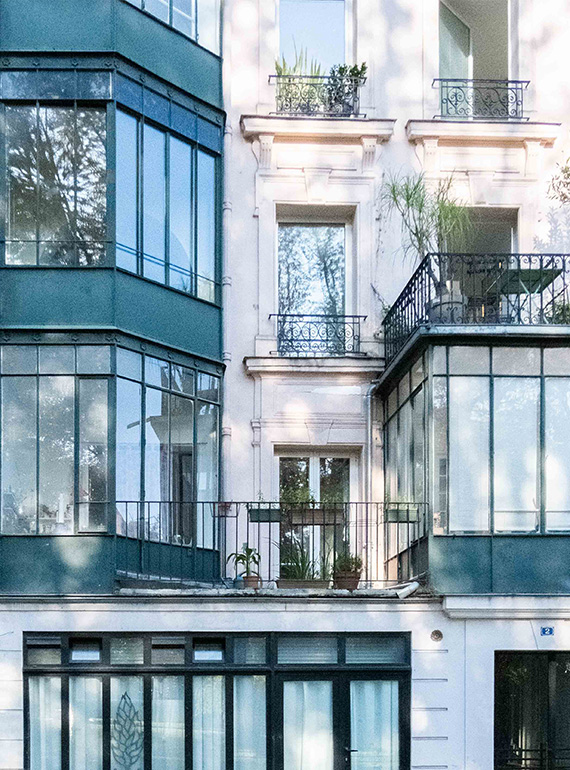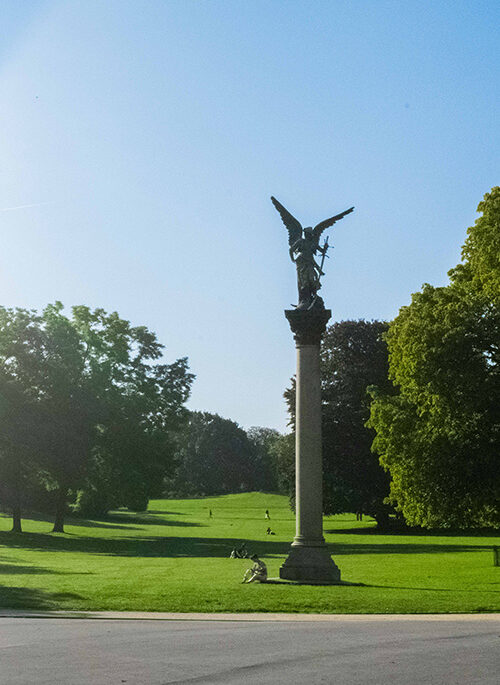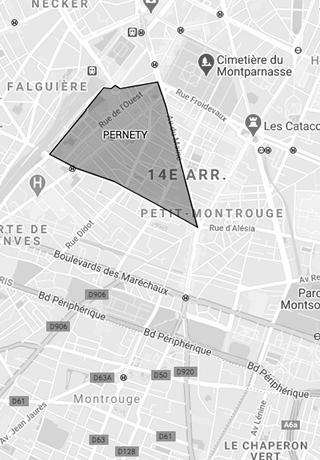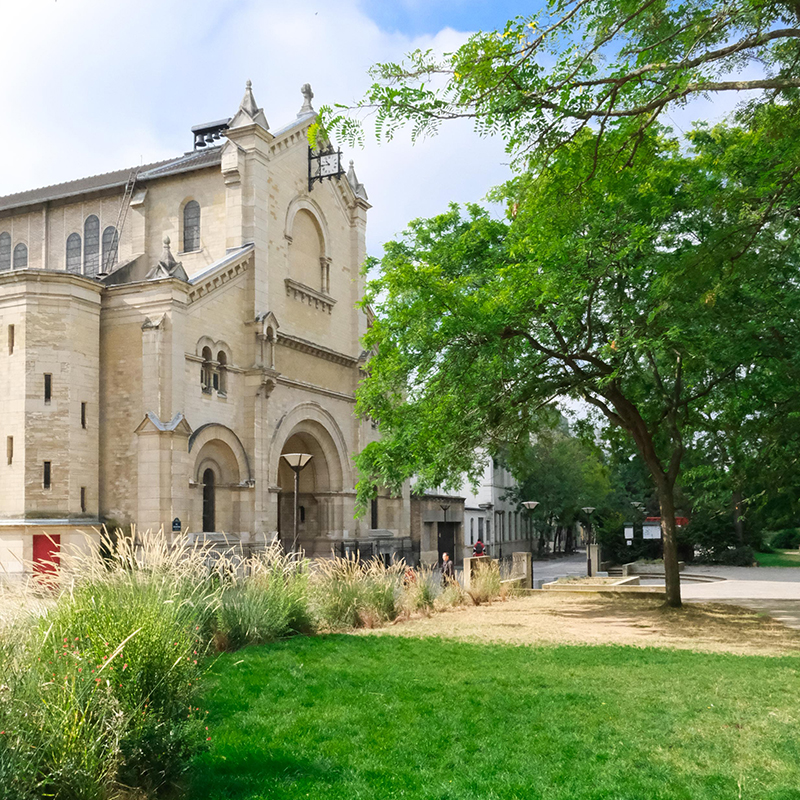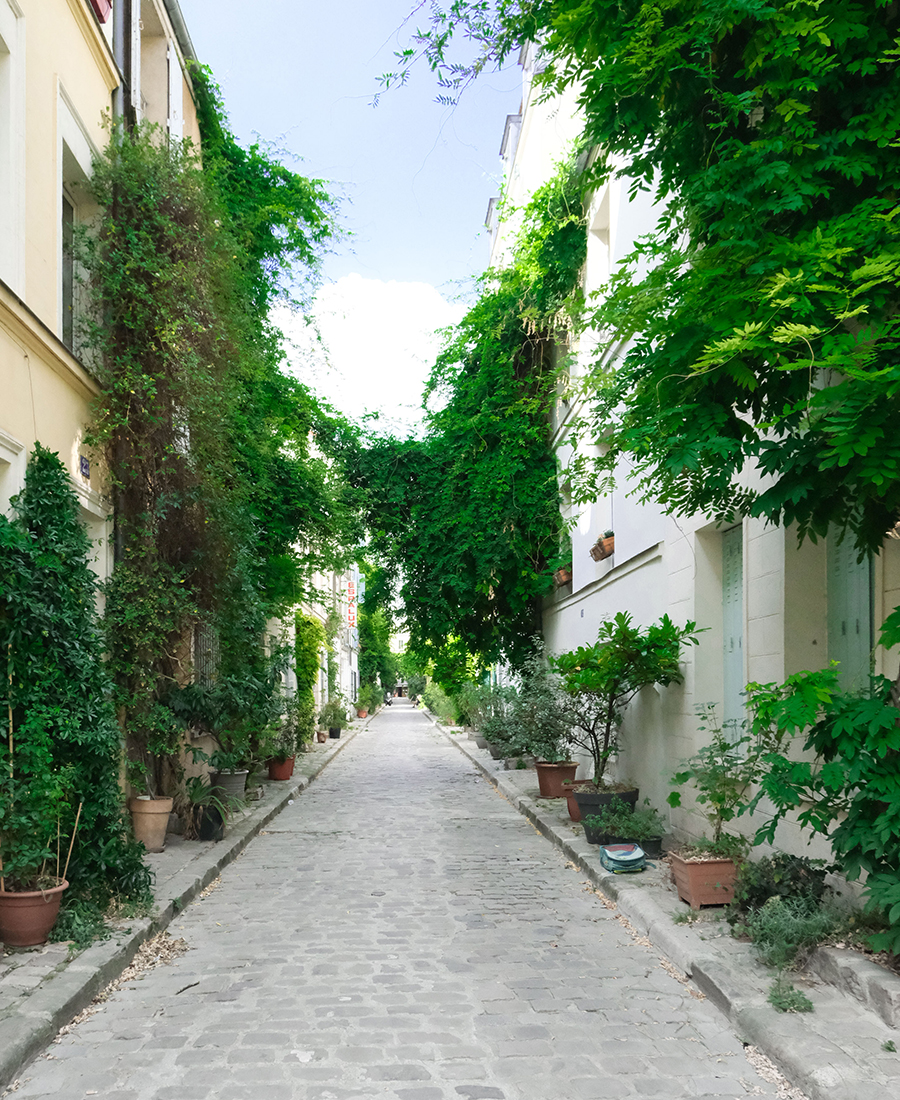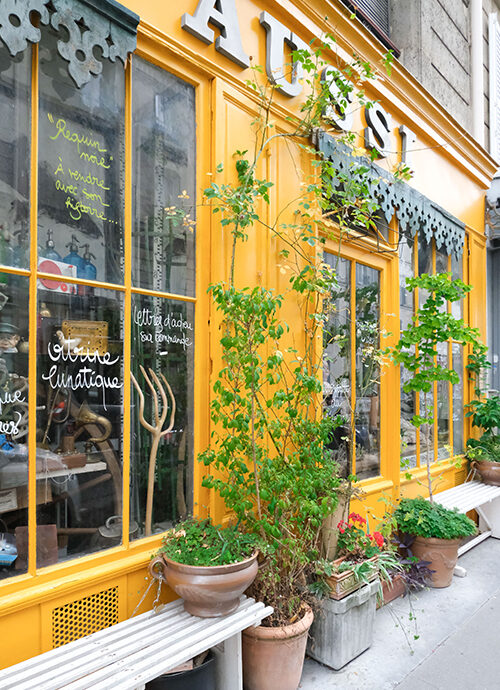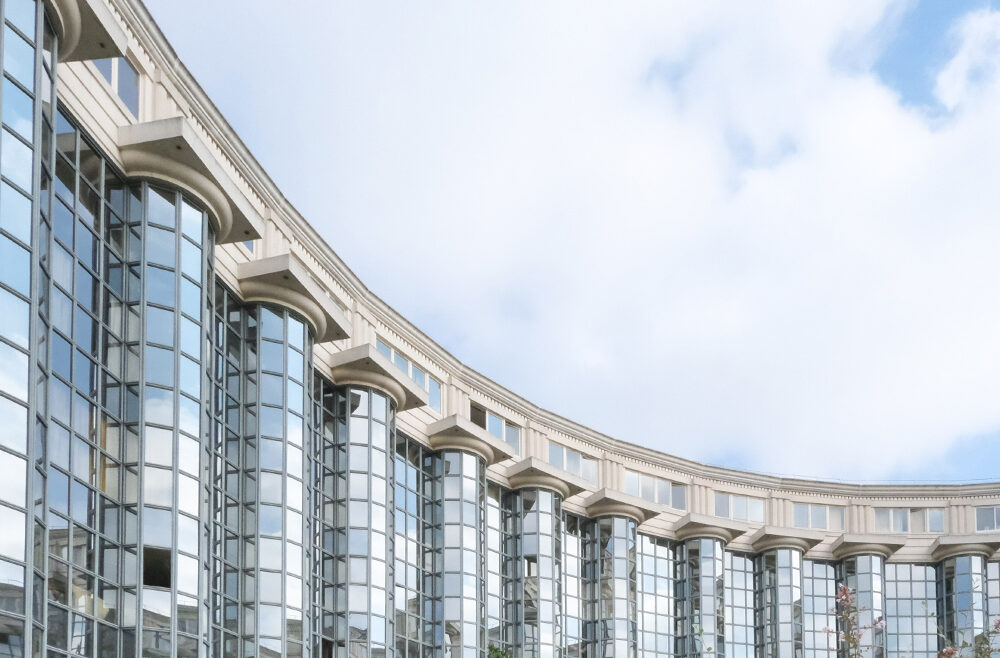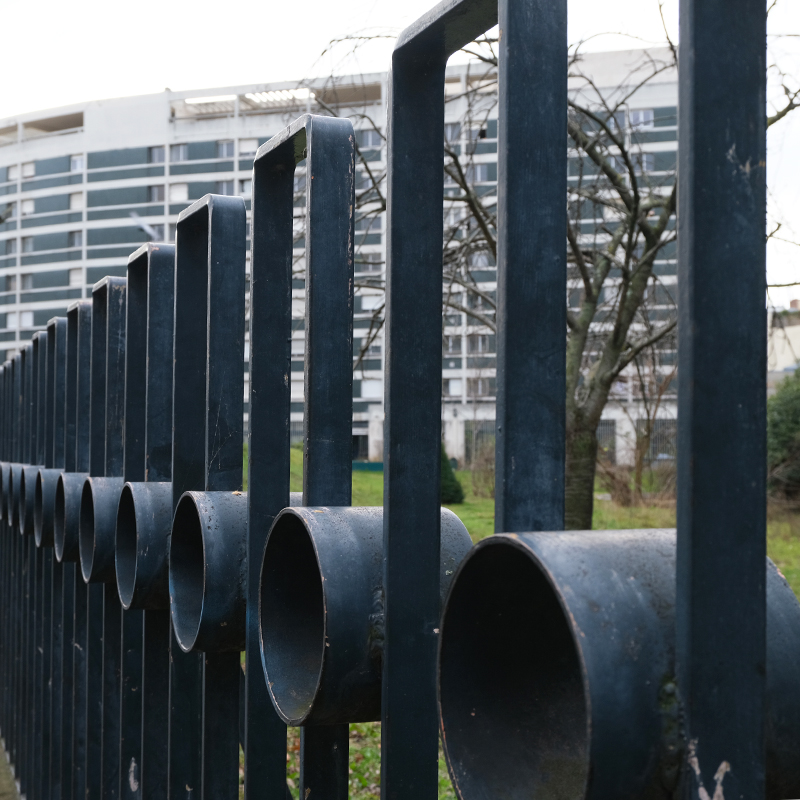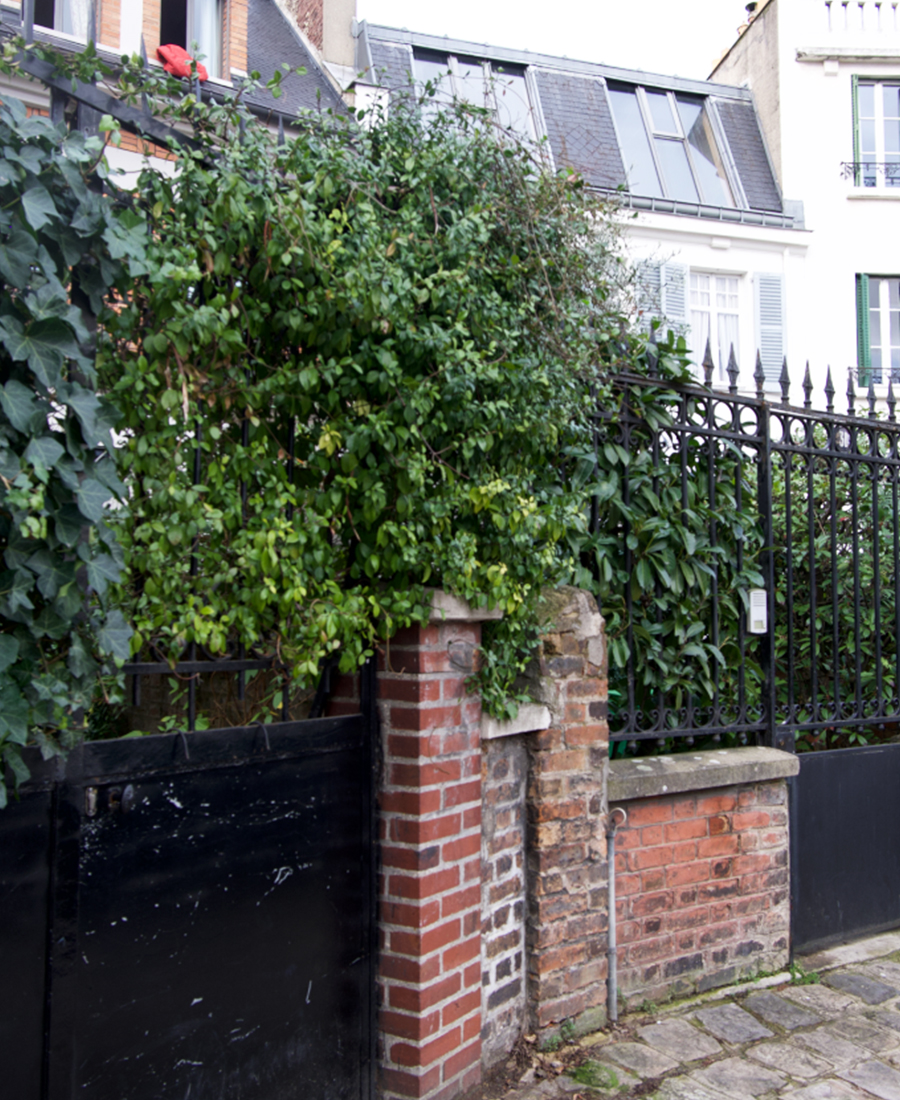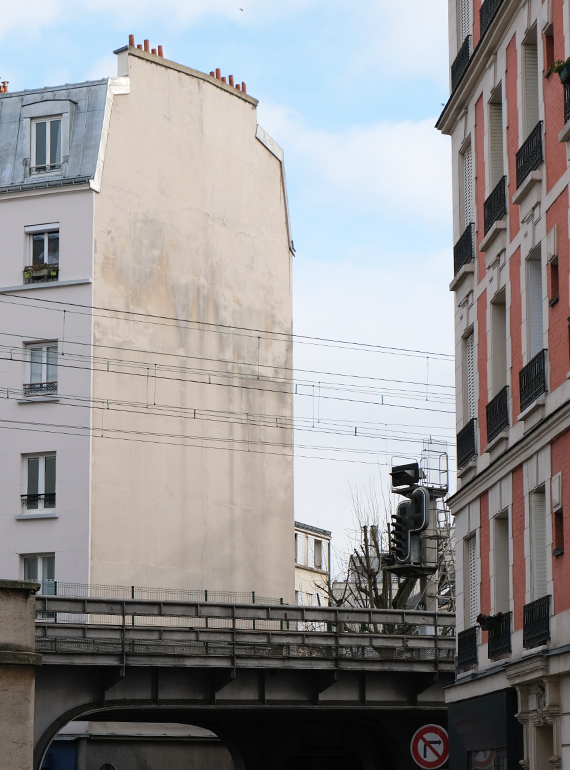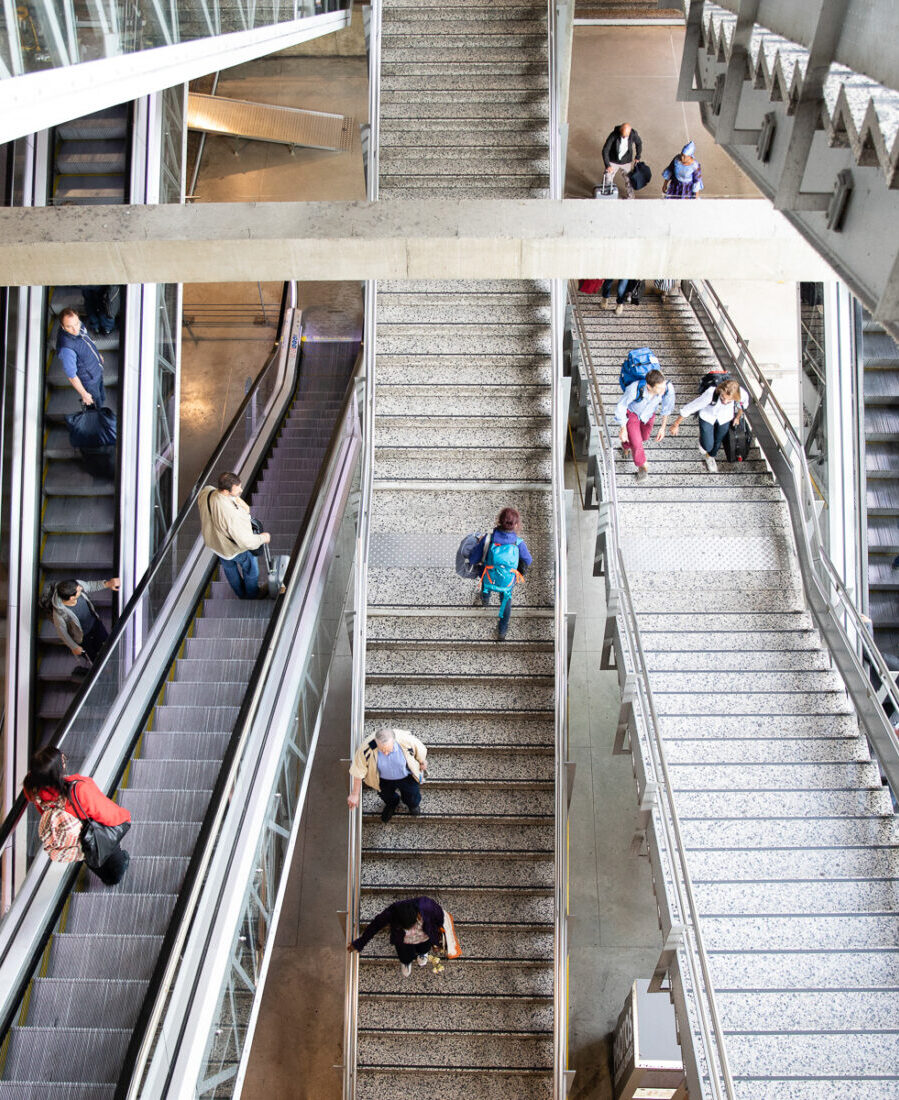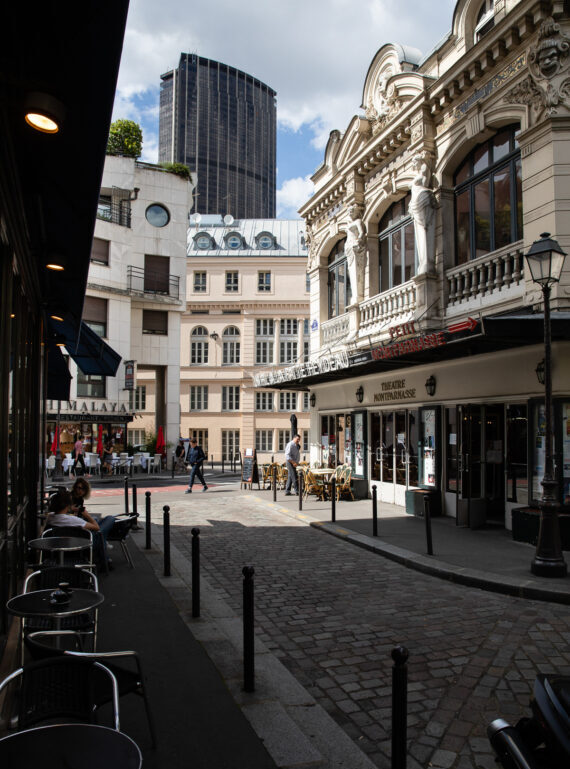PLAISANCE

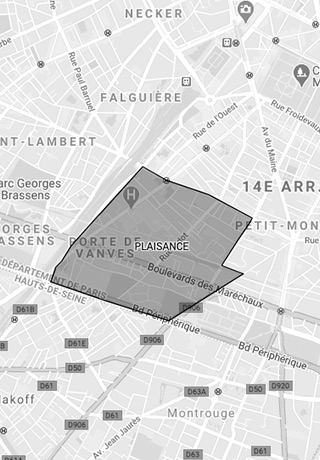
A former agricultural hamlet, the Plaisance district became the favorite place of sculptors, engravers and all kinds of artists in the early 1900s. Populated with individual houses with interior courtyards that have become small workshops, the streets of the district are real places to stroll.
Not far from Place Victor and Hélène Basch, Impasse du Moulin Vert presents itself as the typical passage of the district with authentic charm. Place de Seoul, Notre-Dame-du-Travail church, rue des Thermopyles or the villa of Alésia are just as many curiosities that are worth the detour. The backbone of the district, rue Raymond is the shopping street of Plaisance. Food shops and tasty stalls punctuate the district to the delight of its residents.
The district of Plaisance has retained an incomparable charm and offers to the curious walker beautiful discoveries.
